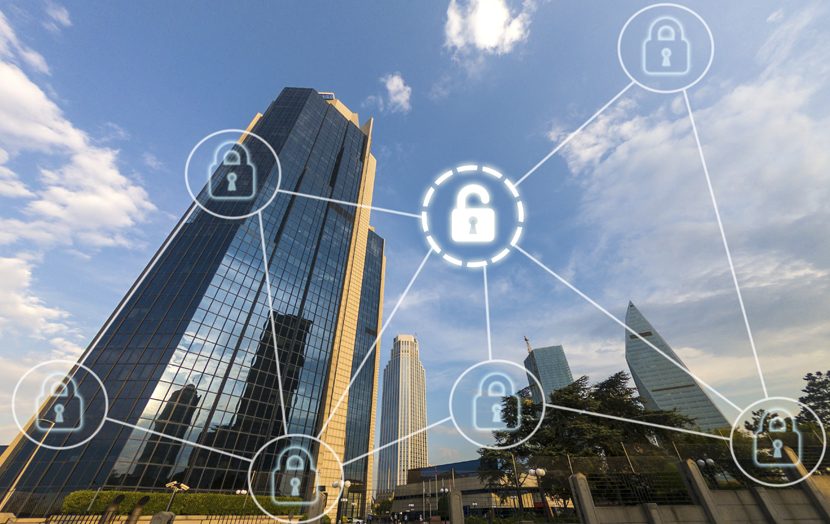Reader Sniffers
Refers to devices or tools used to intercept and capture data transmitted between access control readers and their associated control panels.

Traditional access control systems have long been plagued by security vulnerabilities. FACES2 is a leading-edge solution that addresses many common weaknesses of conventional access control systems, offering a significantly higher level of security and authentication.
Here is a summary of some common vulnerabilities in traditional access control systems. Book a consultation with one of our business development specialists to learn how FACES2 can effectively address these issues and enhance your access control security.
Refers to devices or tools used to intercept and capture data transmitted between access control readers and their associated control panels.
A replay attack involves intercepting and recording valid data transmissions from an NFC or Bluetooth access card, and being able to replay or emulate that card with another device.
Refers to a security vulnerability in access control systems where physical access cards (used for authentication) are misplaced or taken by unauthorized individuals.
A security vulnerability in access control systems where an unauthorized individual gains access to a secure area by closely following an authorized person.
Counterfeit identification cards used by unauthorized individuals to fraudulently gain access to secure areas.
involves unauthorized individuals bypassing or breaking the encryption on a device to access sensitive data stored within it.
Disruptions in electrical power or network connections, which can disable the system's functionality and potentially compromise security by preventing authentication and access management processes from operating correctly.
A user data breach occurs when unauthorized individuals gain access to personal or sensitive information stored in an access control system, compromising the privacy and security of the affected users.
Refers to the absence of prepared strategies and protocols for effectively managing and communicating during emergency situations, which can lead to uncoordinated responses and increased security vulnerabilities in access control systems.
Involves a malicious act carried out by an insider, such as an employee or contractor with authorized access, who exploits their position to compromise the security of the access control system.
A technique where an attacker impersonates a legitimate user or device to gain unauthorized access to an access control system, often by falsifying data or credentials.
An attack where authentication is bypassed and power is provided directly to the electric strike involves directly supplying power to the electric lock mechanism to force it open, circumventing the need for proper credentials or authorization.
